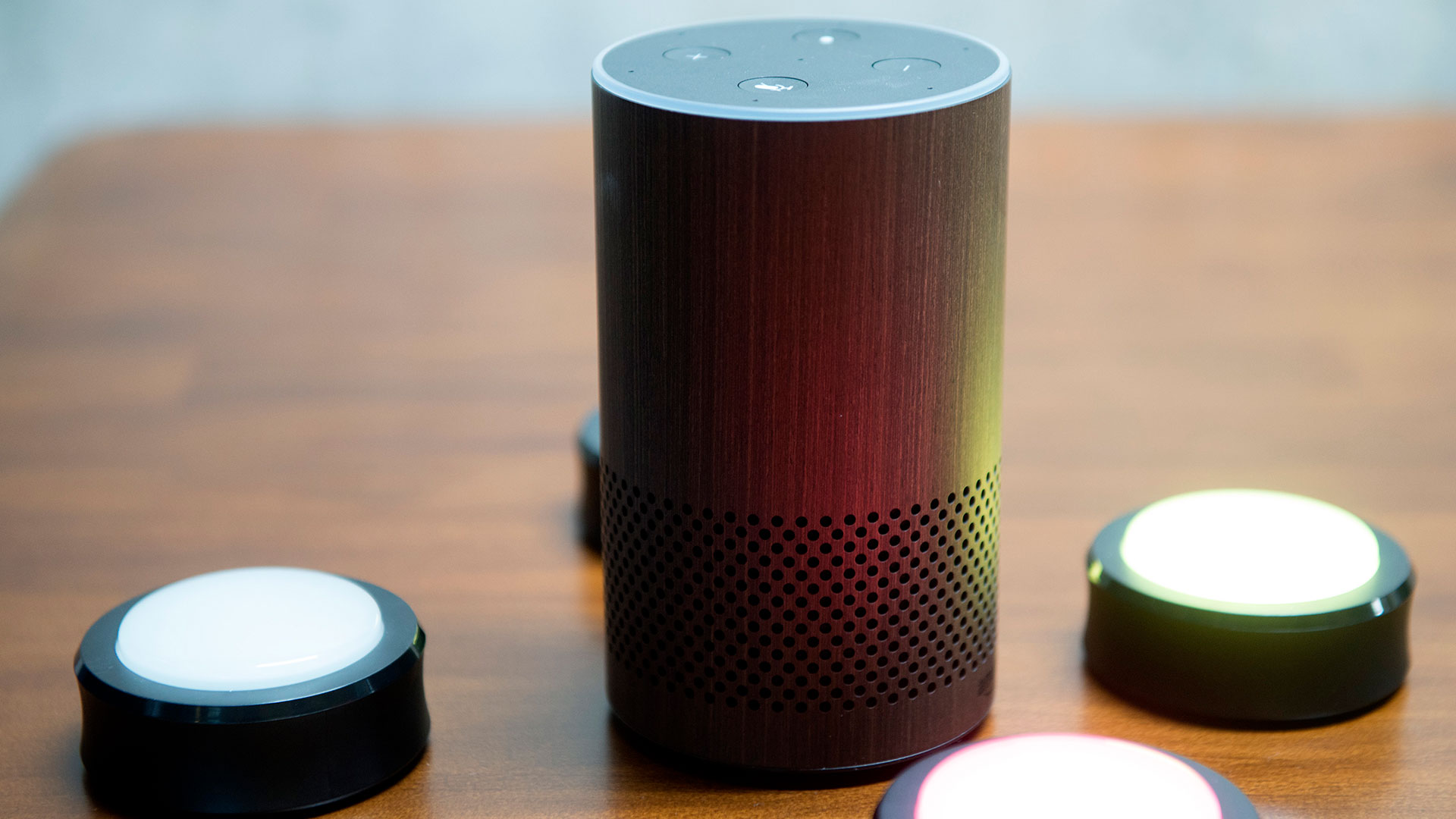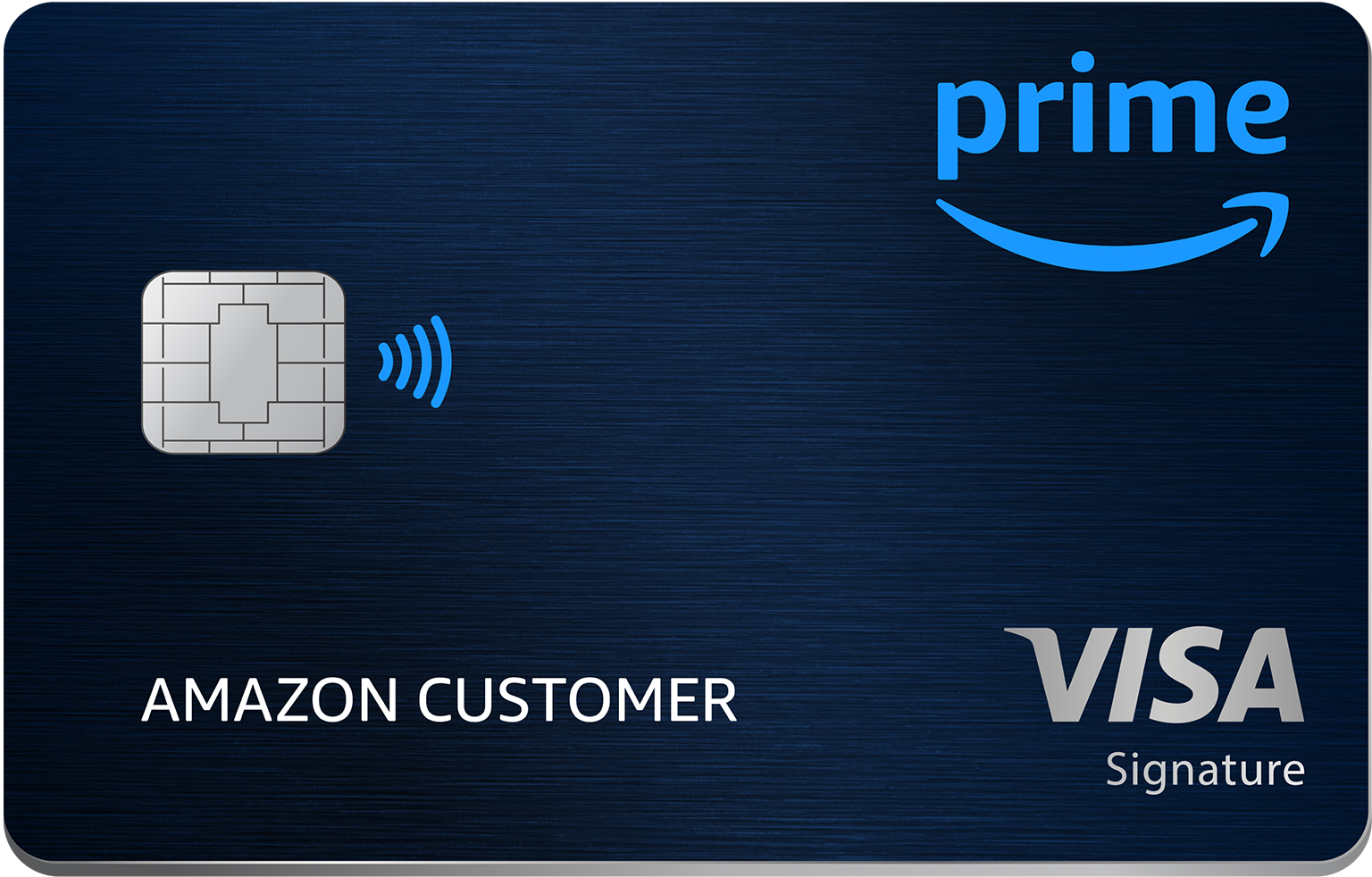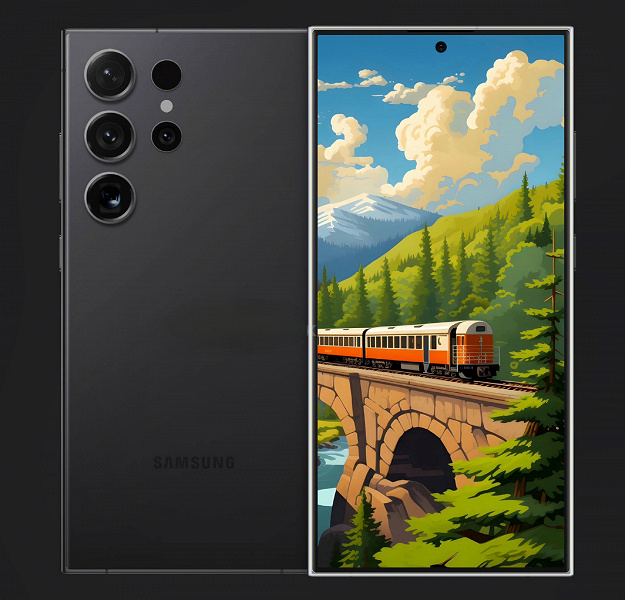The new Amazon Fire TV Sticks have arrived and expanded the proposal of devices dedicated to Amazon streaming, we saw a few days ago the review of the Fire TV Cube, the Fire TV Stick 4K is then available, the base model is updated and added down an additional Fire TV Stick Lite.
There are therefore 4 alternatives, all have the same purpose but differ in power, streaming capacity, and control of other devices. In this article we have listed all the differences, so find everything you need to make a reasoned choice based on your needs.
Today, instead, let’s examine the third-generation Fire TV Stick (2020), or the updated version of the classic Fire Stick already available on the market for a few years, and the new Fire TV Stick Lite, a completely new HDMI dongle that for technical characteristics is placed just below the standard edition.
These are two very similar products with some differences that could nevertheless be important, the price is respectively 29 Euro and 39 Euro for Lite and Standard.
A TIMELESS GADGET
The Fire TV Sticks, along with Google Chromecast are timeless gadgets, have had a resounding success for the versatility they can boast at an affordable price.
Now we are faced with an update that globally improves the user experience of the Fire TV Stick without upsetting its operation, therefore those peculiarities that have made it famous remain.

But what can you do with a Fire TV Stick, and why might it be worth buying?
The first usage scenario is to make a dated TV smart, this means adding the ability to manage streaming from the main services such as Netflix, YouTube, Dazn, Prime Video, Rai Play, Disney +, etc. Also part of the “smart” package is the ability to mirror your smartphone, you can download games and associate a Bluetooth controller, thanks to the integrated Alexa you can give commands and requests to the assistant and receive audio and visual responses on the TV. Finally, there are all the Android applications that can be installed via sideloading or by simple download from the Amazon store, including services that allow you to manage your media server, such as Plex.
A Fire Stick TV at home is always handy even if you have a smart TV, perhaps to modernize the often slow and limited operating system, or simply to take advantage of the many possibilities offered by the Alexa assistant for home automation control.
An important software update is expected in the coming months which will revisit the Fire OS interface, probably fixing the only critical issue of the product, considered by many to be a bit complex and not always intuitive.
HOW THEY ARE MADE
Nothing changes from the previous generation of the second generation base Fire TV Stick. It is therefore always an HDMI key to be connected directly to the TV input, bearing in mind that to have HDR streaming you need a port compatible with HDCP 2.2.
On the side, there is still a micro USB port for the power supply which can also be done through the USB port of the TV if the device allows it. An adapter can be connected to the same port to obtain the Ethernet connection (not included in the package) and any external memories (Fat32 format).
In the package, we also find an HDMI extension, useful for connecting the Stick in tight spaces or in case the HDMI ports of the TV are very close to each other, and the wall power supply with cable for connection.
TECHNICAL SPECIFICATIONS
In the following table, we summarize the technical specifications of the four Amazon proposals dedicated to streaming.
UPGRADE FROM THE OLD FIRE STICK TV BASIC?
The gain that you could immediately experience is in the performance, much higher. Both the Lite and the Standard 2020 are fast and don’t have those annoying lags that occur after a while on the second generation. Thanks to the renewed processor but also to faster DDR3 versus DDR4 memories and the new GPU.
Although it continues to be modest hardware (Coretex-A53) the update guarantees a much better user experience and allows you to look with further optimism at the new interface for Fire OS planned for the next few months.
The other difference concerns the support for Dolby Atmos decoding and the ability to play content in HDR and HDR10 +. Considering that it is always a FullHD transmission, it is difficult for the quality of the streaming to be decisive for the choice, if it is the maximum quality of the streaming you are looking for, it is better to orient yourself directly on the Fire TV Stick 4K.
Finally, the Bluetooth version improves but the audio latency is not yet perfect, from this point of view there has not been the breakthrough we were hoping for.
Change if you are not satisfied with the performance of the old Fire Stick, if you are looking for better streaming quality you might as well look at the Cube or the UHD version.
WHICH FIRE TV STICK TO CHOOSE?
If you are thinking of buying a Fire Stick you are therefore faced with 3 possibilities, to which the Fire TV Cube is added. Beyond the technical data sheet, what really changes in daily use, and what are the considerations to make for a reasoned choice?
4K yes, 4K no?
The first discriminant is quite simple to settle and is 4K. If you have a 4K TV or plan to buy it in perspective then it is advisable to look at the Fire TV Stick 4K, which is the only stick capable of carrying high definition and Dolby Vision content. Until the arrival of the basic 2020 version, the 4K model was also chosen for a performance discourse and for the possibility of exploiting the Dolby Atmos, now there is no longer and indeed, in addition to having the same speed in operations, the Fire Stick 2020 (as well as the Lite model) can take advantage of Bluetooth 5.0 for connection with audio devices or controllers, with again in terms of latency and range.
The Fire TV Stick 4K costs 20 Euros more but is often discounted, overall it is perhaps still the best choice if savings are not your priority.
If you want something more then there is the Fire TV Cube, which, however, considering that it costs double the Stick 4K, could not fully convince us. It is proposed to be a set-top box but some hardware and software limitations limit its potential. However, you can find all the information and considerations of the case in our review.
FIRE TV STICK 2020 vs FIRE TV STICK LITE
There are just 10 Euros of difference on the price list and from this you can guess that the two products are really very similar, what differentiates them? Two aspects in particular.
- remote control with IR port and volume control on standard Fire TV Stick only
- Dolby Atmos, Dolby Digital, and Dolby Digital + audio decoding only on standard Fire TV Stick (Lite uses HDMI pass-through)
Both differences do not radically change the user experience, in particular, the audio question is not fundamental if your TV or audio system is still able to decode Dolby formats, and in any case, it is irrelevant if you do not use a home theater system. at home as more Dolby sound information is lost with the TV speakers or from a soundbar that is not particularly advanced.
More important is certainly the difference on the remote control, it seems trivial but being able to simply turn the volume up and down or turn the TV on and off only with the remote control of the Fire TV Stick can be extremely convenient and above all, it can be worth those 10 Euros more, it being understood that however, it is possible to buy separately even the remote control only, but what sense would it have?

The two HDMI sticks instead share the same internal hardware consisting of the quad-core 1.7 GHz Mediatek MT8695D CPU, associated with the IMG GE8300 GPU, 1 GB of DDR4 RAM, and 8 GB of storage. They are very fast in switching on and moving around the system, passing from one app to another without any problem, even the applications open in a few moments and only in some contexts, there is a minimum of a slowdown.
No difference also with regard to video playback with the same decoders available, HDR, and HDR10 + with VP9 codec up to FullHD at 60 fps. There is the adaptation of the frame rate but still, you can only take advantage of Prime Video and Plex (Kodi is not officially present), we also report that the official apps of Now TV, SkyGo, Mediaset Play, and NowTV are also missing, for some of these, however, there are several guides on the net for manual installation with APK.
In terms of performance there is no real difference with the Fire TV Stick 4K, but the comparison with the Fire TV Cube which is of a higher level.
IN CONCLUSION
The Fire TV Sticks are confirmed as an excellent product, they lend themselves to many types of use and the value for money is exceptional. Recall that the price list of the Fire TV Stick Lite is 29 Euros, while for the Fire TV Stick 2020 it is 39 Euros.
Between the two, we particularly liked the standard version, that 10 Euro difference could be well spent.
Attention to Prime Day next week because all will probably be discounted and the very valid Fire TV Stick 4K could come into play, which if proposed with twenty euros in discount, very likely fact, would certainly be the one to aim for.








